Bright Future
There is an unmistakable note of excitement in the voice of Ron Perry these days (and more than little bravado of the nothing-can-stop-us-now variety) when he talks about Metanor Resources and its Bachelor Lake gold property. And it has nothing to do with overconfidence or excessive optimism. Val d’Or, Que.-based Metanor is about to make the transition from advanced exploration to junior production company. Come this time next year, Metanor should be producing at a rate equivalent to 60,000 ounces of gold per year from its underground mine–and processing the ore on-site.
“This little company is trading at $0.26 a share with a market cap of under $52 million and we have $200 million in infrastructure that’s available today and fully paid for,” says Perry, Metanor’s vice-president and treasurer. “We’re cashed up, fully functional, fully permitted and fully First Nations certified.”
Some of Bay Street’s savviest investors took note of Metanor a while back when it was an early stage explorer raising money to upgrade existing infrastructure at Bachelor Lake and to pay for a definition drilling program at the company’s nearby Barry property. Metanor raised $12.2 million through a private placement in early 2009, and in an interview that spring, Perry acknowledged that two big players had taken most of it. Sprott Asset Management had acquired 20 million shares for $10 million, while Goodman and Co., which had already invested in Metanor, took 3.1 million units, bringing its total holding to 14.35 million shares. The purchases brought the combined holdings of Sprott and Goodman to one-third of Metanor’s shares outstanding at the time.
Metanor has also received positive notices from several market watchers. In May, 2009, a report in the MidasLetter described Metanor as “one of those companies that has been diligently toiling away at a disparate group of land holdings that are no trip to Hollywood in their own right, but when viewed in the context of the company’s business model and collectively, they make perfect sense.” More recently, in June of this year, Resourcex Investor concluded: “Metanor’s large portfolio and strategically staked properties, juxtaposed with its share price ($0.24 at the time), make for an investor’s dream.”
The company’s portfolio comprises six properties, five of them in the Val d’Or district of northwestern Quebec. Bachelor Lake is located in Le Sueur Township, some 225 km northeast of the town of Val d’Or and the mine itself a mere 3.5 km southeast of the village of Desmaraisville. Thus, despite the rather remote location, the company has access to existing roads and can connect to Quebec’s power grid and telecommunications systems (another big plus) according to the Resourcex report. It noted that: “The operation, including the underground mine, runs strictly off electricity. In the day of high gas prices this is a value add.”
Bachelor Lake and the adjoining Hewfran claim, which is also part of the Metanor portfolio, were explored, developed and put into production in the early 1980s, but when gold sagged to $300 or so an ounce in the late 1980s, the operators shut down the mine after extracting 131,000 ounces. Metanor acquired the properties from Teck Cominco in 2005 for $1.8 million through an exploration in lieu of cash deal.
The underground workings had to be de-watered before Metanor could begin exploration and development, but the mine site came with a lot of infrastructure, including roads, fences, tailing ponds, a 450-ton per day crushing mill, headframe and hoist, albeit some of these structures were in need of refurbishing or were replaced.
Perry says that exploration work completed to date, largely through surface drilling, has revealed a resource at Bachelor Lake of nearly 211,000 ounces, measured and indicated, and another 90,000 inferred. He adds that the deposits likely hold a lot more gold because they are open at depth and laterally, and the company intends to explore them. Metanor inherited a shaft that went down 1,700 feet and earlier this year began sinking it to 2,400 feet.
The company also planned to commence a 15,000-metre, sub-surface drilling program that should extend the life of the mine to at least seven years and perhaps nine.
“We’re very, very bullish about Bachelor Lake,” says Perry. “We believe there’s more than one million ounces there and at Hewfran. There are multiple veins. We’ve discovered another vein that the original owners didn’t know was there. The mineralization and geology are very good.”
The completed shaft will give Metanor immediate access to Bachelor Lake gold and in the fourth quarter of this year the company intends to extract a 4,500-tonne bulk sample, which will be processed in the mill located on its property.
The facility initially had a daily capacity of 450 tons, but it has been upgraded three times to reach its present ceiling of 1,200 tonnes a day. As well, the company has installed a hoist capable of lowering men and equipment 5,000 feet. The excess capacity of the mill and the hoist reflects the company’s confidence that it will find a lot more gold at greater depths, says Perry.
The company has raised $36 million since last fall through a series of financings to fund its transition from exploration to production. Some $16 million came from equity offerings and the balance from Sandstorm Gold Ltd. of Vancouver, a non-operating gold miner that finances advanced stage development projects and producing mines. For $20 million upfront, Sandstorm has acquired 20 per cent of the production at Bachelor Lake for the life of the mine. In addition, the company will pay Metanor $550 per ounce or the market price–whichever is less.
“Once they get some of their underground development done over the next 18 months, they should have the opportunity to drill out and really expand,” says Sandstorm executive vice-president and director David Awran.
“There’s a lot of upside potential. This is an asset we expect big things from.”
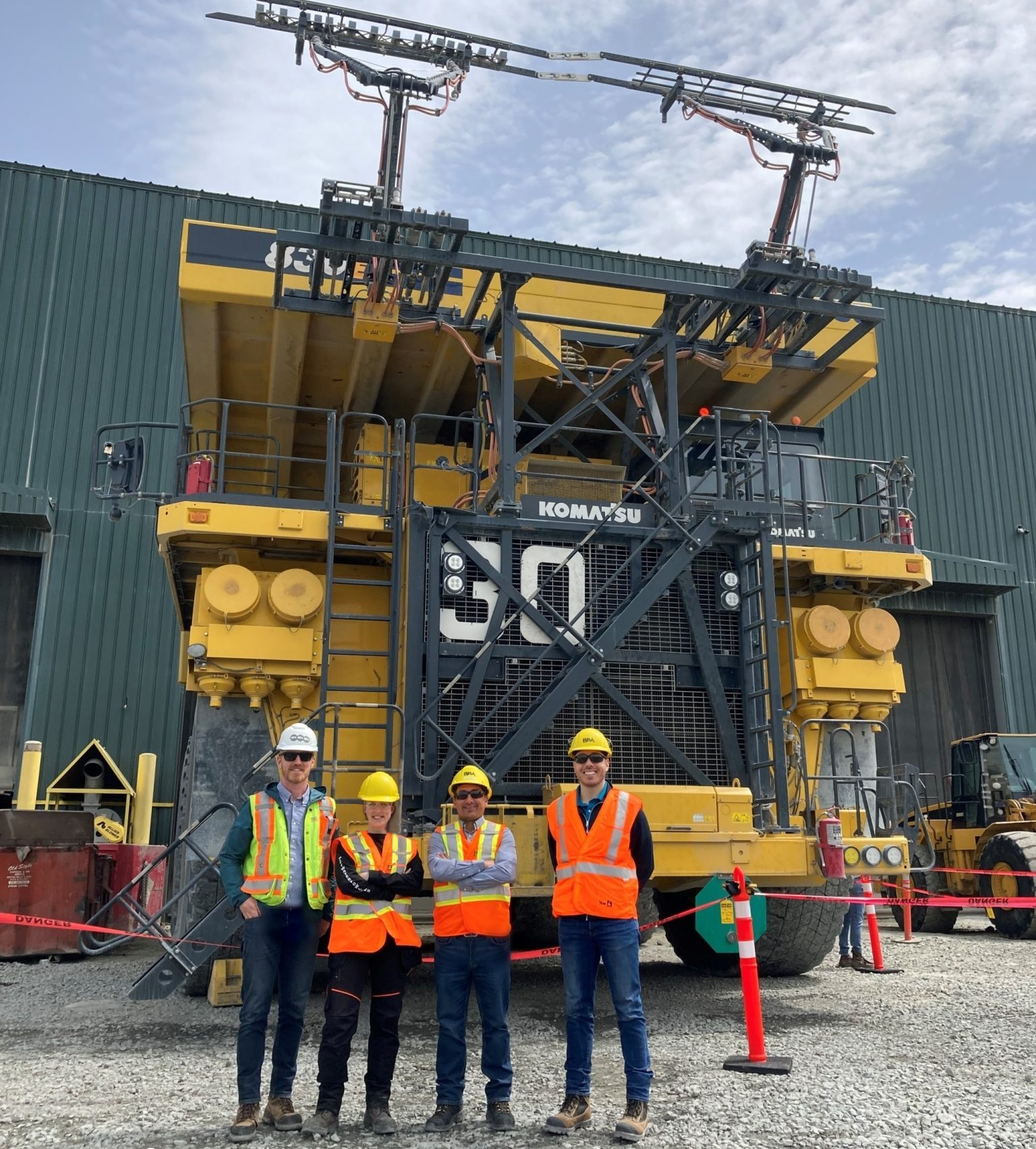
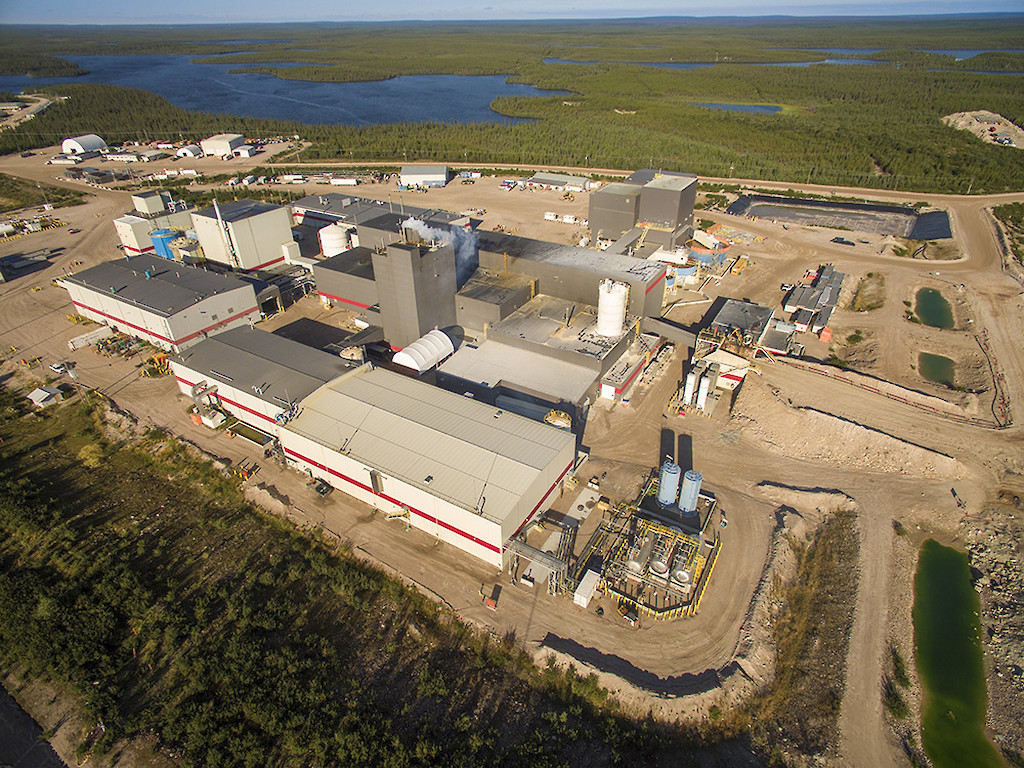
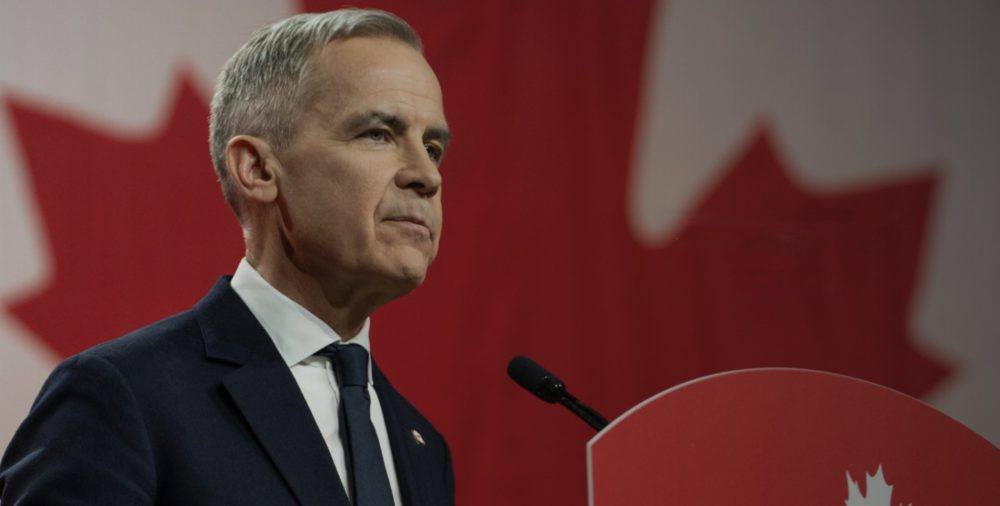
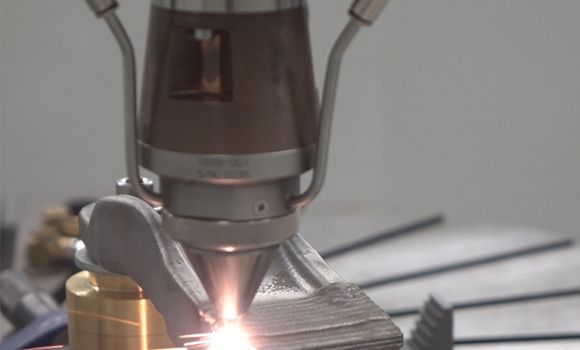
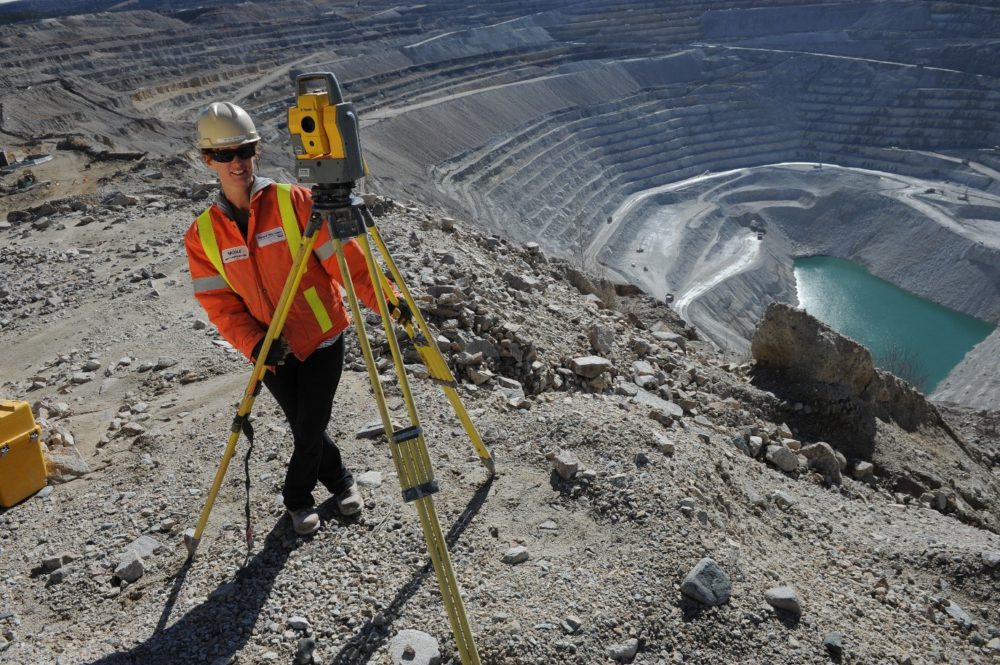
Comments